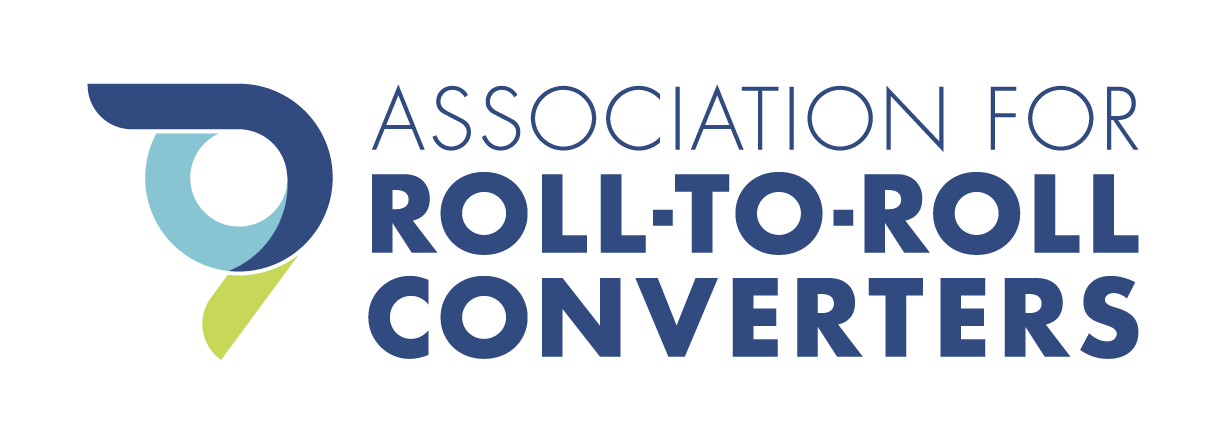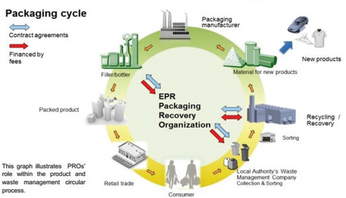Adding Biocidal Properties to Flexible Plastics
Presented by Dermot Monaghan, Gencoa Ltd.
V.Bellido-Gonzalez, Patricia Killen, T.Sigrilli, Lara Diaz, D.Monaghan
Gencoa Ltd, Liverpool, UK
Society requires new solutions to reduce the probability of COVID-19 cross-infection as people resume their daily lives. However, common touch surfaces have been shown to contain significant viral and microbial contamination. The SARS-CoV-2 virus can be present on plastic and glass surfaces for several days and multiple users of the same touch surfaces creates a continuous biological load that leads to cross-contamination, despite periodic cleaning. Seasonal flu, influenza and hospital acquired infections are all passed by hand to surface contact, so after the pandemic abates, these problems will remain.
To reduce surface contagion, regular and rigour cleaning is the established solution. There are high costs and multiple problems relaying upon human application of chemicals. A low-cost approach is to use a biocidal adhesive plastic to overlay the contact area and produce a self-sanitizing effect.
PET itself can have some biocidal properties, so is an improvement over a metal or plastic surface. There are various ways to enhance the biocidal performance, such as impregnating the plastic with an active ingredient such as silver nano-particles. However, mixing the active agent with the plastic feedstock increases the amount of ingredient used to no good effect as its only required at the surface.
The economics of a biocidal plastic in combination with environmental concerns are strongly in favour of a surface coating method where minimal active agents can be applied and hence costs are lower and performance higher as the agents are concentrated in the important surface region.
Biocidal surface coatings fall into two categories: light activated and universal. Light activation in the form of UV light is required for photocatalytic type materials such as TiO2, but UV light is absent in interior spaces, so a universal approach is a stronger proposition.
Work over the last 6 years has lead to the creation of a transparent coating type based upon copper in the 5 to 20 nm range. The material is alongside the most effective biocidal materials known, and does not need light activation.
This new material has been tested in medical, food, transport and hospitality settings and has been shown to provide an ideal low-cost solution to surface contagion problems. The talk will present the technology, trial data and the commercial proposition. As the layer is a transparent copper compound, regulatory approval is assured as copper-based materials already have FDA and wider approval.
This post is for paying members only
SubscribeAlready have an account? Log in

